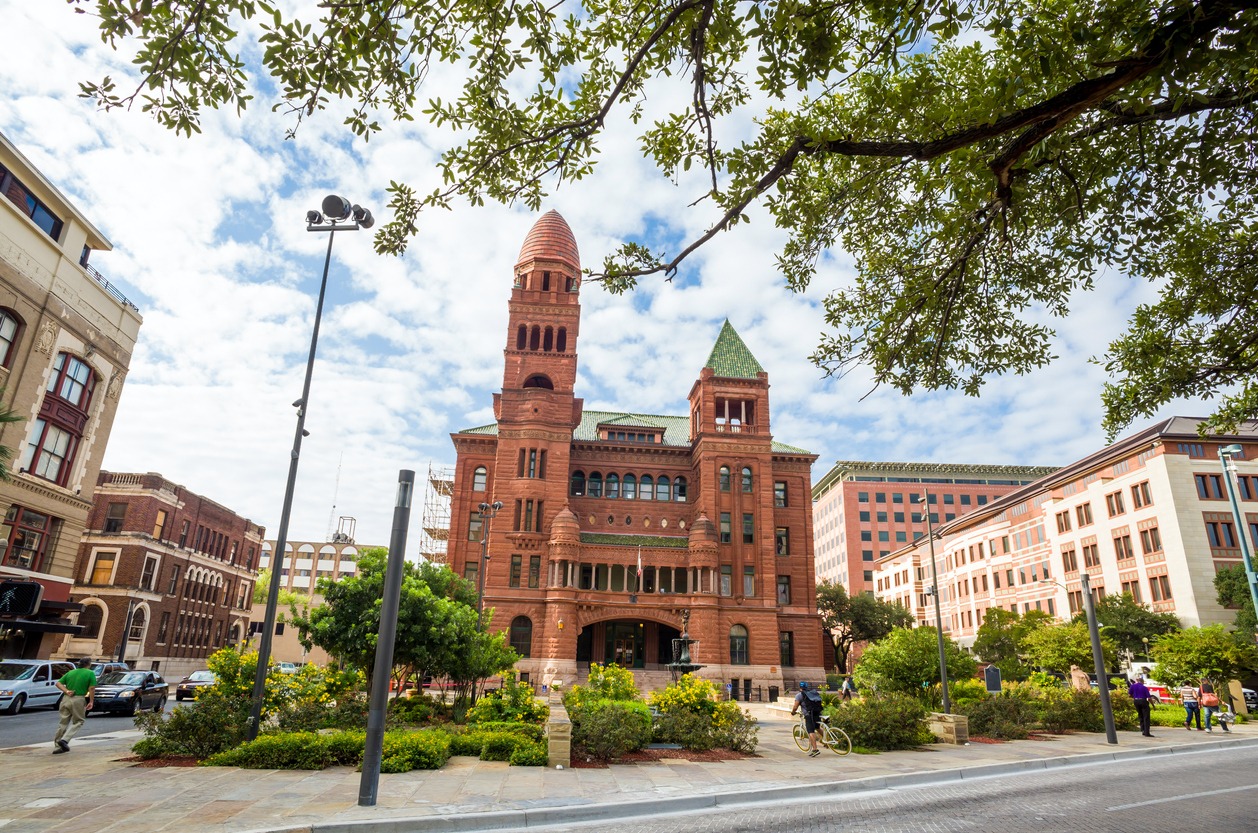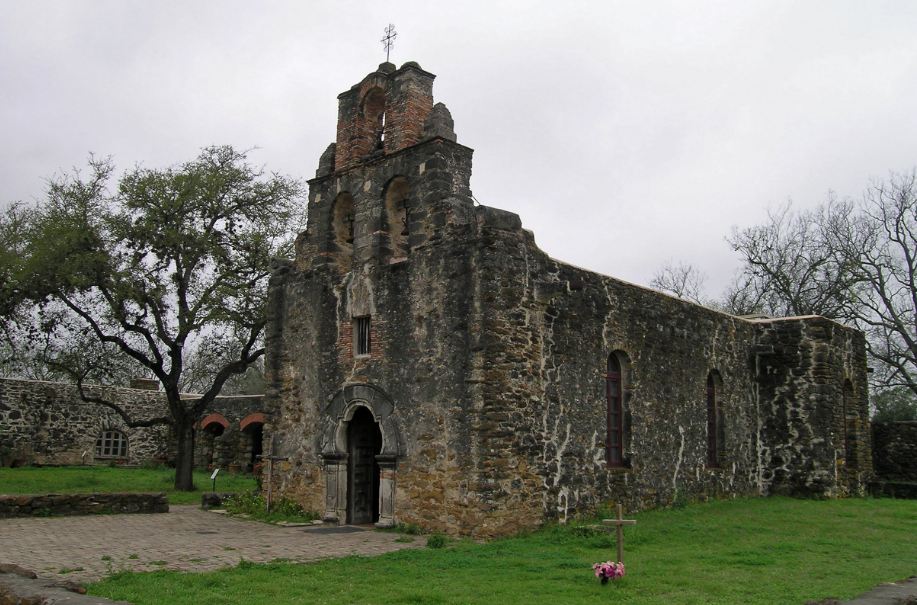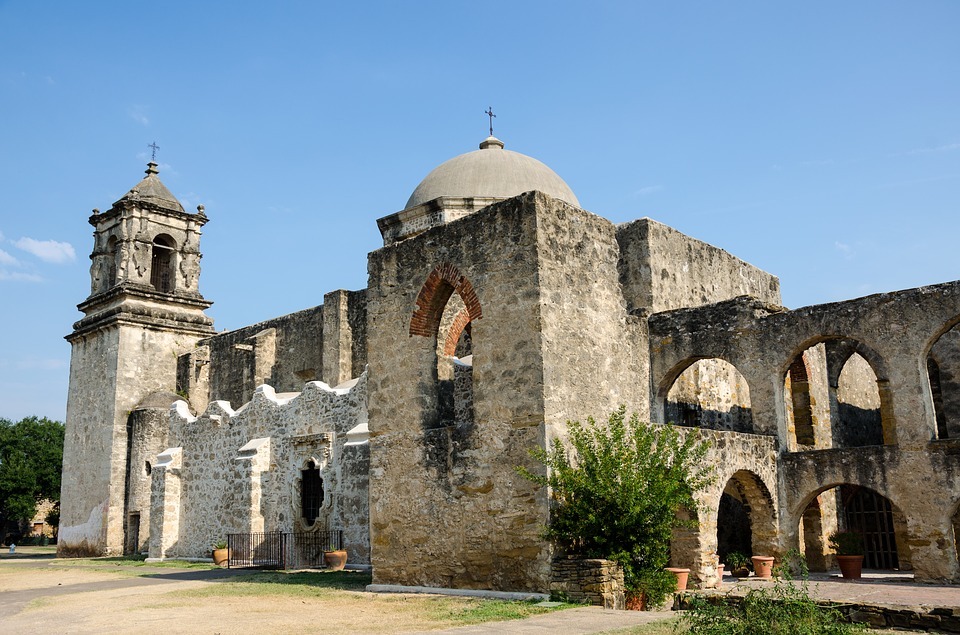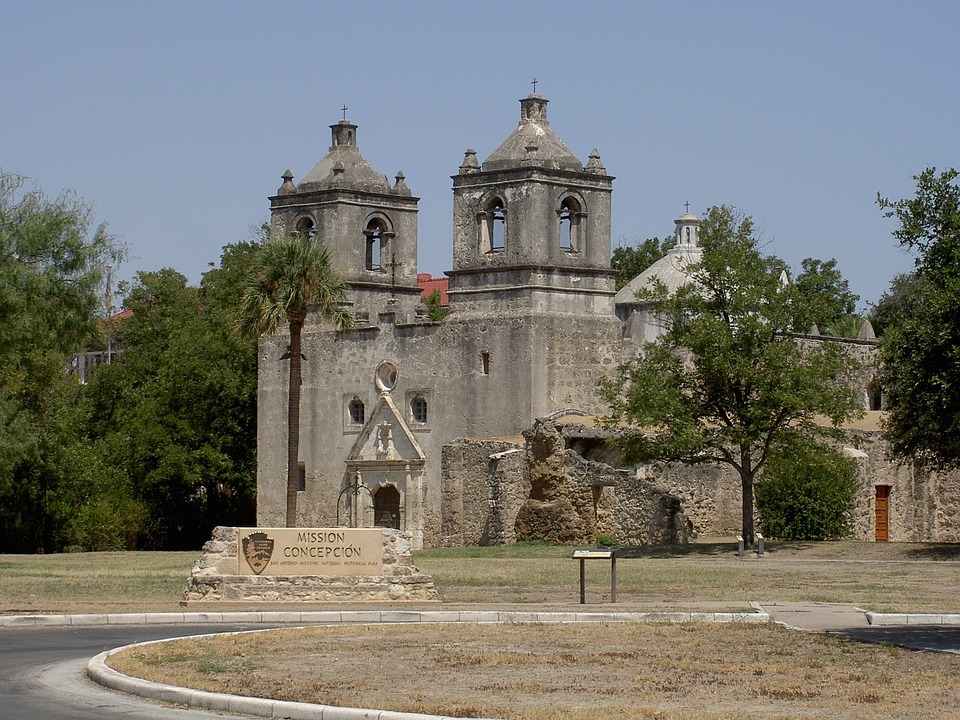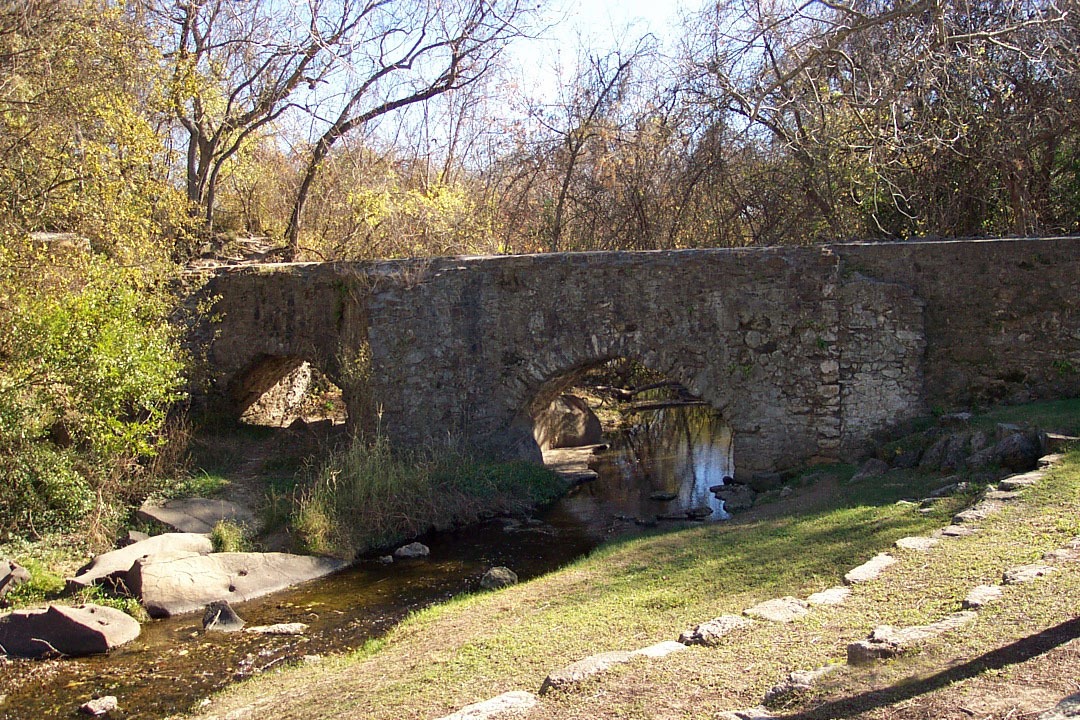The City of San Antonio in Texas is one of the places in the United States that feature wonderful architecture. This is because the architecture in this city comes from a wide variety of sources. The majority of the buildings you will find here reflect the Spanish and Mexican roots of Texas, and as well as some influence from French builders.
The relatively rapid growth of the economy since the mid-twentieth century has led to a wide variety of contemporary architectural buildings in San Antonio. As the years passed, not just the styles of the buildings in the city improved, but as well as the way the electricity and lighting are being incorporated to them. This means that aside from great architects, there are also many great electricians who have contributed to the San Antonio architectural history.
If you want to know more about the historical structures and buildings in San Antonio, then you’re in the right place. Today, we are going to share some interesting information about the architectural history of San Antonio, Texas. You can also click the link to find out the best neighborhoods to live in San Antonio.
Traditional Architecture in San Antonio, Texas
A series of religious Spanish Missions built by Catholic Dominicans, Franciscans, and Jesuits were the first European buildings in Texas. They were used to spread the Christian doctrine among the local Native Americans, and as well as to give Spain a toehold in the frontier land. These missions also introduced European livestock, fruits, and vegetables into the Texas region. One of the prime examples of this kind of architecture is the San Antonio de Valero Mission in San Antonio, Texas. Here are some of the other examples of traditional architecture in San Antonio, Texas:
- Mission San Juan Capistrano: This mission is officially christened in 1716 as La Mision San Jose de los Nazonis. In 1731, it was founded by Spanish Catholics of the Franciscan Order on the eastern banks of the San Antonio River, which is San Antonio in the present day. It was named after Saint John of Capestrano.
- Mission San Francisco de la Espada: This mission is established in 1690 by Spain. In 1731, it was relocated to present-day San Antonio, Texas, inwhat was then known as northern New Spain. This mission was built with the aim of converting local Native Americans to Christianity, and as well as to solidify the territorial claims of Spain in the New World against invasion from France. In the present time, the structure is part of the four missions in the San Antonio Missions National Historical Park.
- Mission San Jose: This structure is another historic Catholic mission in San Antonio, Texas, that was founded on February 23, 1720. In the present time, it is an active parish that is staffed by the Order of Friars Minor.
- Mission Concepcion:This mission is established in 1716 and was originally meant to be a base for converting the Hasinai to Catholicism. It was then moved to San Antonio in 1731. This structure is the oldest unrestored stone church in the United States. It is considered to be a National Historic Landmark in 1970, and it is also part of the San Antonio Missions National Historical Park.
- Espada Acequia: This structure is an irrigation system that was built in 1731 by Franciscan friars in San Antonio, Texas in the present time. It was built to supply irrigation water to the lands by the Mission San Francisco de la Espada. It is still being used todayand is now a Historic Civil Engineering Landmark and a National Historic Landmark.
- Koehler Cultural Center: This cultural center was originally built in 1901 to 1902 by Otto Koehler. It is located on the campus of San Antonio College. It is a Victorian-style mansion that is a good example of the eclectic architectural style that was popular in the late 19th and early 20th
- Bexar County Courthouse:This is another historic building you can find in downtown San Antonio. This structure was fully completed in 1896, and in 1977, it was added to the National Register of Historic Places. Architect J. Riely Gordon designed the building. It features a Romanesque Revival style, and it was built using red sandstone as the main material.
Aside from those, some of the other older notable buildings you can find in San Antonio includes the Spanish Governor’s Palace, the Pearl Brewing Company, the Majestic Theater, and many houses that are in the south of Downton San Antonio that were built by 19th-century German industrialists.
19th Century Remnants of the Tourism Industry in San Antonio, Texas
A lot of the architecture in Downtown San Antonio, both new and old, has traditionally revolved around the tourism attractions industry. Here are some of the examples:
- The Aztec Theater: This is a historic theater that you can find in Downtown San Antonio. It was designed by the firm of Meyer & Holler and listed on the National Register of Historic Places since 1992. It features vibrantly-colored columns, furnishings, sculptures, and murals, which are authentic reproductions of Meso-American artifacts. Inside the theater is a massive two-ton chandelier that was added in 1929.
- La Villita: La Villita is a historic arts village or an art community in Downtown San Antonio. You can find here art galleries, souvenir shops, and several restaurants. In the early part of the 20th century, this place deteriorated into a slum. Then, in 1939, a project led by Mayor Maury Maverick, together with the National Youth Administration, was able to restore and preserve it, making it part of the colorful architectural history of San Antonio.
- Fairmount Hotel: This hotel was built in 1906 in San Antonio. In 1985, it was moved about six blocks through Downtown San Antonio and was then expanded in 1986. It is also listed on the National Register of Historic Places in 1988.
- The Menger Hotel: This is another historic hotel located in Downtown San Antonio. It is on the exact location where the Battle of Alamo happened.
All of these structures are over a century old but are still being used today. If you want to know more about these places when you visit San Antonio, Texas, you can also try the San Antonio Walks, which offers an architectural tour.
These are some of the structures in San Antonio that contribute to the city’s architectural history. And aside from the traditional architecture, it also has some noteworthy contemporary buildings that you can see when you visit. It’s because many world-class architects have left their enriching marks on the scenery of San Antonio, Texas.

